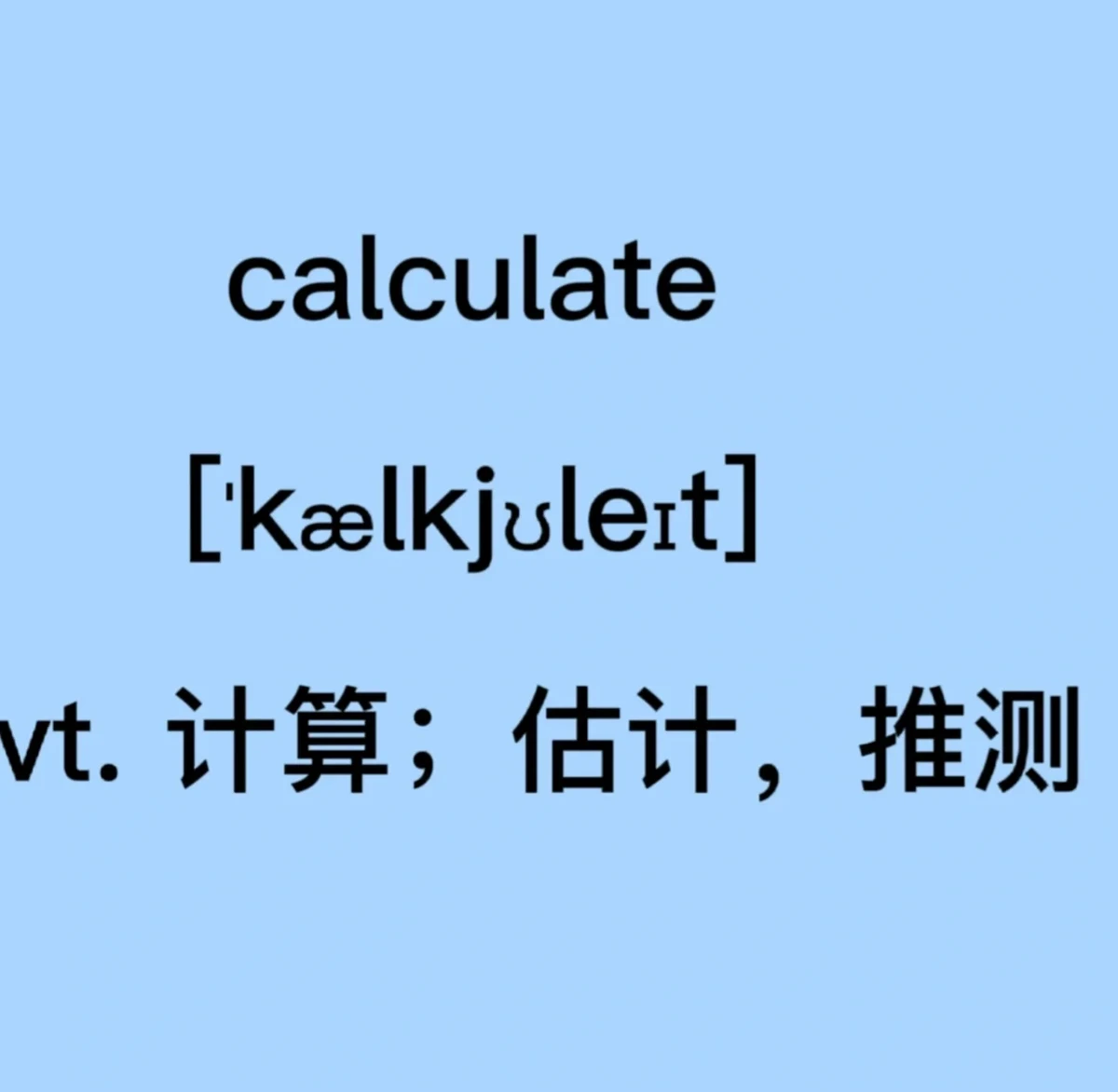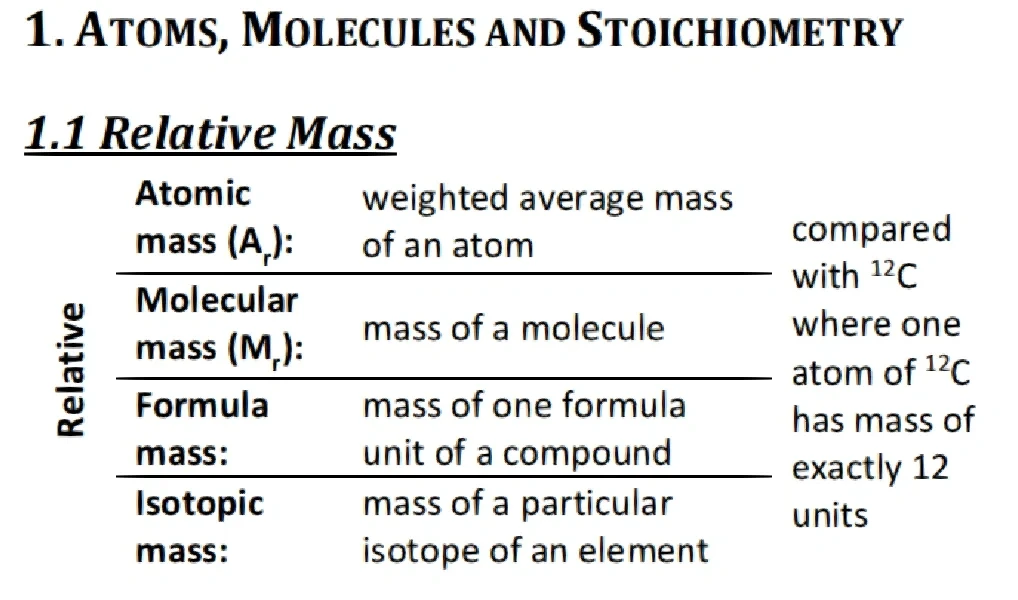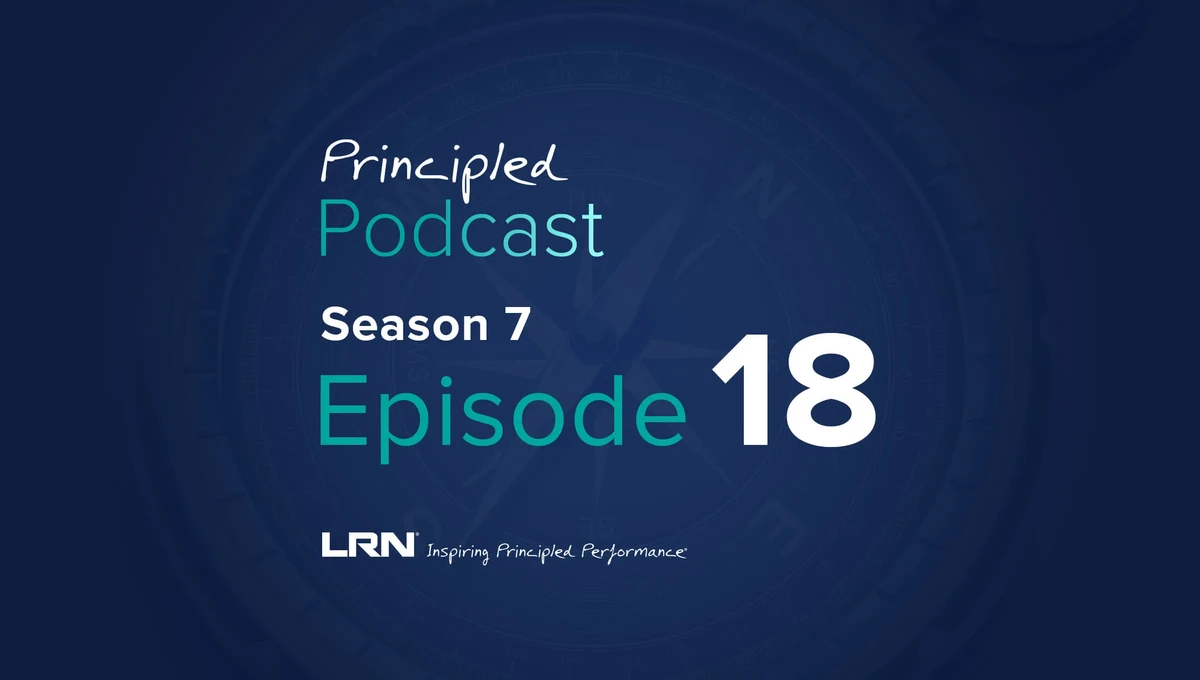==============================
The Sortino Ratio is a powerful risk-adjusted performance metric that focuses on downside risk, making it more precise than the Sharpe Ratio in many investment scenarios. If you’re learning how to calculate Sortino Ratio, this guide will provide a comprehensive step-by-step process, compare different methods, explore real-world applications, and explain how investors, portfolio managers, and analysts use it to optimize decisions.

What is the Sortino Ratio?
The Sortino Ratio was introduced as an improvement over the Sharpe Ratio, addressing one of its biggest limitations: treating upside and downside volatility equally.
Formula:
Sortino Ratio=Rp−RfσdSortino\ Ratio = \frac{R_p - R_f}{\sigma_d}Sortino Ratio=σdRp−Rf
Where:
- RpR_pRp = Portfolio or asset return
- RfR_fRf = Risk-free rate (benchmark return, often treasury yield)
- σd\sigma_dσd = Downside deviation (standard deviation of returns below a chosen target or threshold)
Unlike Sharpe Ratio, which penalizes all volatility, Sortino only penalizes bad volatility—returns that fall below the target rate of return.
The Sortino Ratio highlights downside risks that truly matter to investors.

Why Use the Sortino Ratio?
Investors often ask why use Sortino ratio in trading instead of Sharpe Ratio. The reason is that most traders and investors care more about downside risk than upside volatility. For instance:
- A portfolio that swings upward significantly should not be penalized.
- A risk-averse investor only wants to limit downside exposure.
- Hedge funds and portfolio managers rely on Sortino to provide a more realistic view of risk-adjusted returns.
This makes the metric especially useful for retirement planning, capital preservation strategies, and risk-averse investors.
Step-by-Step: How to Calculate Sortino Ratio
Step 1: Gather Data
You’ll need:
- Historical returns of the investment or portfolio.
- Risk-free rate (e.g., U.S. Treasury bill yield).
- Minimum acceptable return (MAR) or target return.
Step 2: Calculate Excess Returns
Subtract the risk-free rate or MAR from actual returns.
Excess Return=Rp−RfExcess\ Return = R_p - R_fExcess Return=Rp−Rf
Step 3: Identify Downside Returns
Only consider returns below the MAR. For example, if MAR is 0%, only negative returns count.
Step 4: Compute Downside Deviation
Square each downside return, average them, and take the square root.
σd=∑(min(Rp−MAR,0))2N\sigma_d = \sqrt{\frac{\sum (min(R_p - MAR, 0))^2}{N}}σd=N∑(min(Rp−MAR,0))2
Step 5: Apply Formula
Divide the average excess return by downside deviation.
Example Calculation
- Portfolio return (RpR_pRp) = 12%
- Risk-free rate (RfR_fRf) = 2%
- MAR = 0%
- Downside deviation (σd\sigma_dσd) = 8%
Sortino Ratio=12%−2%8%=1.25Sortino\ Ratio = \frac{12\% - 2\%}{8\%} = 1.25Sortino Ratio=8%12%−2%=1.25
A ratio above 1 is considered good, above 2 excellent, and above 3 outstanding.
Downside deviation isolates negative volatility for a more accurate risk picture.

Methods to Calculate Sortino Ratio
Method 1: Excel or Google Sheets
- Input return data.
- Use
AVERAGEto find mean excess returns.
- Use conditional formulas (
IF) to isolate downside returns.
- Apply the formula.
Pros: Beginner-friendly, no coding required.
Cons: Manual process, not scalable for large datasets.
Method 2: Python / R (Programming)
Python example:
python
Copy code
import numpy as np
import pandas as pd
returns = pd.Series([0.04, -0.02, 0.05, -0.03, 0.01])
risk_free_rate = 0.01
mar = 0
excess_returns = returns - risk_free_rate
downside_returns = excess_returns[excess_returns < mar]
downside_deviation = np.sqrt(np.mean(downside_returns**2))
sortino_ratio = excess_returns.mean() / downside_deviation
print(sortino_ratio)

0 Comments
Leave a Comment